Your donation sets the stage for a new season of Boston's most intimate, entertaining and provocative plays and musicals. Our shows make powerful connections with our audiences-- and they are only possible because of you.
Scenic Designers Christopher & Justin Swader
Scenic Designers Christopher & Justin Swader
Christopher and Justin Swader are New York-based scenic designers. You might remember their designs for SIGNIFICANT OTHER last season. They are recipients of a 2016 American Theatre Wing Henry Hewes Design Award Nomination, and their design for JARRING was recently selected as a finalist for the World Stage Design 2017 exhibition in Taipei, Taiwan. Originally from Indiana, they are graduates of Ball State University.
We asked Christopher and Justin a few questions about their work on CURIOUS INCIDENT OF THE DOG IN THE NIGHT-TIME.
What was the most challenging aspect of designing the set for CURIOUS INCIDENT?
Having seen the Broadway production in New York and finding it so inventive and striking, we very much wanted to approach the play with fresh eyes. Our alliance to the text and the trust in Paul’s vision for the piece is what ultimately kept us on track to create something unique for Boston audiences.
What kind of research did you do to prepare for this assignment?
We re-read the novel to get a deeper sense of the text, but we primarily pulled much of our inspiration from visual research. The character of Christopher has a wild imagination and strong fascination for numbers, so we immersed ourselves in all sorts of imagery to get inside his mind – graph paper, geometry, chalkboards, Tetris, mazes, the solar system – all of which guided our process to what ended up on stage.
What opportunities were created by presenting this show in a thrust format rather than a traditional proscenium staging?
The two of us and Paul all had the same impulse to break out of the proscenium for this particular piece. The thrust configuration allows for viewing from multiple vantage points and creates a unique intimacy with the audience, where everyone is sharing in the emotional state of the characters.
Given that there are two of you, what is your design process like? How do you reach agreement?
There is certainly an instinctual sense of collaboration between us that fuels each project. And I wouldn’t necessarily say that’s true because we are twins – we just understand each other’s strengths and weaknesses and let that guide the process. It’s hard to articulate exactly how the two of us work together. Sometimes it is as if we are reading each other’s mind: I’ll say one thing, he may add something to it, and so on. By the end, it gets hard to distinguish exactly where the original impulses came from. Even a disagreement can sometimes spark a new idea and lead us down a completely different path.
At what point did you decide to design as a team rather than individually?
We have always been very close with one another, so the idea of working together didn’t seem too out of the ordinary. In our first year of college – back when we were both still very new to design – we asked if we could collaborate together on a production. Without much thought after that, we have continued pursuing opportunities as a design team. It’s nice to have another set of eyes and ears, especially when working on multiple projects at once.
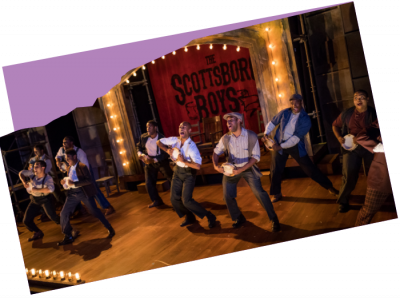 Past Productions
Past Productions Primary Trust
Primary Trust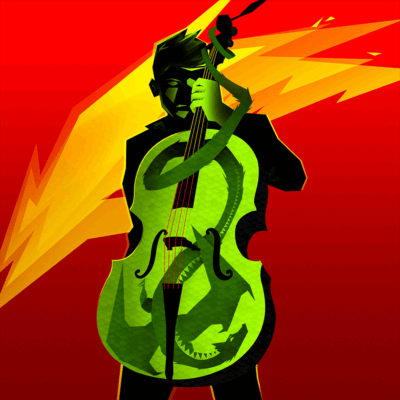 Lizard Boy: A NEW MUSICAL
Lizard Boy: A NEW MUSICAL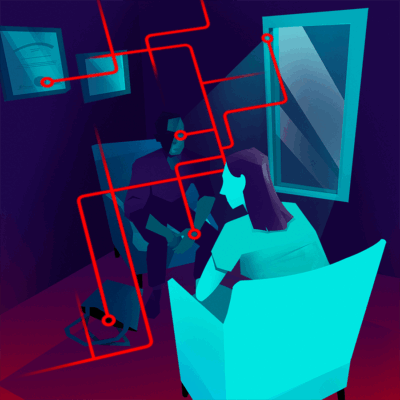 JOB
JOB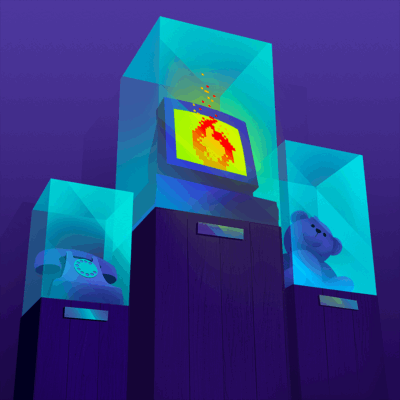 The Antiquities
The Antiquities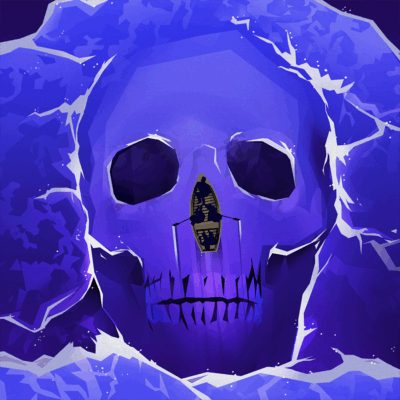 Swept Away
Swept Away




